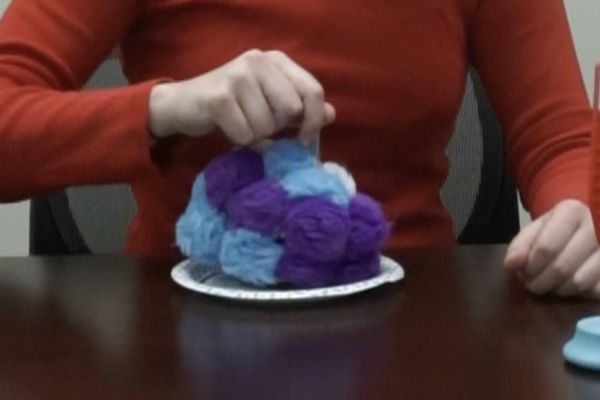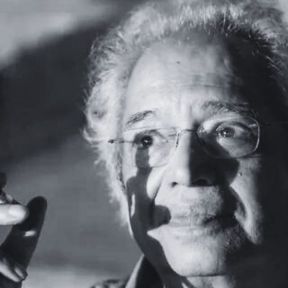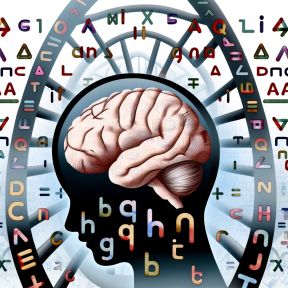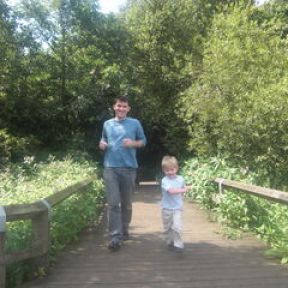Toddlerhood
During toddlerhood, one- and two-year-olds display a range of new skills and personality traits, and begin to assert themselves by making their first bids for independence, even as they stay close to their parents or caregivers. They can also be expected to throw tantrums when those bids are denied.
On This Page
- What are the key milestones of toddler development?
- What are signs of developmental concern during toddlerhood?
- How can parents promote empathy in toddlers?
- Can toddlers share?
- How do toddlers manage conflict?
- Can toddlers help around the house?
- Why do toddlers get scared?
- How many words do children need to hear?
- Can a parent detect dyslexia in a toddler?
Most children take their first steps during this period, before tackling stairs and starting to run. They begin to undress themselves, to eat with utensils and drink from cups, to throw a ball (or whatever else is handy), and draw straight lines and circles.
According to the Centers for Disease Control and Prevention and the American Academy of Pediatrics, one- and two-year-olds can also be expected to display most of the following social and cognitive skills, although each child develops differently and may achieve some milestones earlier or later than others and still be considered to be experiencing healthy development:
Social Development
- Hand things to others as a form of play.
- Have temper tantrums.
- Display a fear of strangers.
- Show affection to familiar people.
- Engage in pretend play, like feeding a doll.
- Cling to caregivers in new situations.
- Point to show things to others.
- Explore alone, but with parents or caregivers within sight.
- Copy others.
- Show excitement to be around other children.
- Express defiance, such as when told not to do something.
- Play mostly beside other children, but begin to include others in games like chase.
Cognitive Development and Communication Skills
- Point to get attention and show someone what they want.
- Say several single words, including “no,” and, eventually, form sentences of two-to-four words.
- Understand the purpose of common objects like phones, brushes, and spoons.
- Show the ability to point to specific body parts.
- Scribble on their own.
- Follow 1-step verbal requests without any gestures (“sit down”) and, eventually, two-step commands.
- Point to things or pictures when they are named, including in books, and begin to name them themselves.
- Recognize the names of familiar people.
- Repeat words overheard in conversation.
- Find things even when hidden under two or three covers.
- Begin to sort shapes and colors.
- Complete familiar sentences and rhymes.
- Play simple make-believe games.
- Build towers of 4 or more blocks.
- Start to favor a dominant hand.
If a child in late toddlerhood is not walking steadily, copying others, following simple instructions, or gaining new words, is limited to fewer than 6 words, is not displaying the ability to point to familiar objects and people, does not notice when a caregiver leaves or returns, or loses skills they once had, a parent or caregiver should schedule a developmental screening with their pediatrician.
Empathy involves understanding what another person may be feeling, and then feeling or imagining a similar emotion. Research suggests that children clearly display empathy by about 18 months of age, often taking action to help an adult who seems to be struggling with a task or comforting a parent or caregiver who seems sad or distressed. For children who may be highly sensitive, taking on others’ emotions may be easy, even if it’s sometimes overwhelming; for other children, research shows, parents who talk about emotions, openly and often, can help them develop higher levels of empathy—along with, of course, modeling empathy at home.
Yes, even if it’s harder when they are tired or overwhelmed. Research shows that, before turning 2, children will share their food with others, even a stranger—and even if they are hungry themselves. Evolutionary psychologists believe that “altruistic food transfer” is a key behavior that separates humans from other primates, one that fosters group cohesion and, in a larger sense, the success of the community and the species.
Toddlerhood has long also been known as “the terrible twos,” because children often struggle to manage their emotions and behavior at this age. But it is also the stage when kids begin to play with each other, and recent research has shown that, contrary to their reputation, toddlers respect and favor fair play. Watching pretend scenes in which one puppet won a conflict because another puppet got out of its way or otherwise deferred to it, toddlers reported that they liked the winning puppet better. But when the winning puppet ended a conflict by pushing the other puppet out of the way, toddlers did not like the winner more.
They can certainly try, and if they show an interest, parents should let them (within reason). A large body of research shows that virtually all toddlers who watch a parent or caregiver do chores will make gestures to help or copy them. This desire to help out, researchers believe, is nearly universal, but many parents mistakenly do not allow it, often because they believe the toddler may get hurt, may create more work for the adult, or just slow things down. And when parents do ask toddlers to help, they often recruit them with the promise of a reward, quashing their instinct to chip in just to be helpful.
Fear is not innate in humans, many researchers believe (the fear of creatures like spiders and snakes may be an exception), but is instead learned, typically in late infancy and early toddlerhood. For most children, their first fear is of strangers, strange places, or the departure of parents or caregivers. Some fears are conditioned—being “attacked” by an aggressive or overly enthusiastic or affectionate dog, for example. Others fears are learned by example, such as seeing a parent’s fearful reaction to blood.
Research has long suggested that significant differences in eventual academic success emerge between children who hear more words in their homes at a young age, and those who don’t. More recent studies find that the differences can be vast: Some adults use as few as 400 words in a 90-minute period with a child, while others use as many as 9,000. But another key difference emerged from these studies: the importance of the diversity of the words a child hears. Children whose parents or caregivers used a wider range of words, including difficult words and even nonsense words, appeared to have an academic advantage later, even if they hadn’t heard the highest volume of words.
Dyslexia, which involves difficulty with accurate word recognition, as well as poor decoding and spelling, affects 10-15 percent of children. Effective intervention and instruction can help children with dyslexia manage and excel in school, but early detection is greatly beneficial and many signs tend to emerge in toddlerhood. Parents should be aware of struggles with phonological awareness skills—in other words, if a child fails to match letter names to their corresponding sounds, or has trouble blending sounds into larger words, recognizing rhymes, or pronouncing common words.














